Increased Industrial Automation
The trend towards increased industrial automation is significantly influencing the Oil Accumulator Market. As manufacturers adopt automated systems to enhance production efficiency, the reliance on hydraulic systems equipped with oil accumulators is expected to rise. These accumulators play a crucial role in ensuring consistent pressure and performance in automated machinery. Recent statistics indicate that the automation market is anticipated to grow by over 10% annually, which directly correlates with the demand for oil accumulators. This shift towards automation not only streamlines operations but also necessitates the integration of advanced hydraulic solutions, thereby propelling the Oil Accumulator Market forward. The interplay between automation and hydraulic technology suggests a promising outlook for oil accumulator manufacturers.
Rising Demand for Energy Efficiency
The Oil Accumulator Market is experiencing a notable increase in demand for energy-efficient solutions. As industries strive to reduce operational costs and enhance productivity, oil accumulators are becoming essential components in hydraulic systems. These devices help maintain optimal pressure levels, thereby improving the overall efficiency of machinery. According to recent data, the market for oil accumulators is projected to grow at a compound annual growth rate of approximately 5.2% over the next five years. This growth is driven by sectors such as manufacturing and construction, where the need for reliable hydraulic systems is paramount. Consequently, the Oil Accumulator Market is likely to see a surge in innovations aimed at enhancing energy efficiency, which could further bolster market expansion.
Regulatory Compliance and Safety Standards
The Oil Accumulator Market is increasingly shaped by stringent regulatory compliance and safety standards. Governments and regulatory bodies are implementing more rigorous guidelines to ensure the safe operation of hydraulic systems, which often incorporate oil accumulators. These regulations are designed to minimize environmental impact and enhance workplace safety. As a result, manufacturers are compelled to innovate and produce accumulators that meet these evolving standards. The market is witnessing a shift towards products that not only comply with safety regulations but also offer enhanced performance and reliability. This focus on compliance is likely to drive growth in the Oil Accumulator Market, as companies seek to avoid penalties and ensure operational safety.
Technological Innovations in Product Design
Technological innovations in product design are playing a pivotal role in the evolution of the Oil Accumulator Market. Manufacturers are increasingly investing in research and development to create advanced accumulators that offer improved performance, durability, and efficiency. Innovations such as smart accumulators equipped with sensors and IoT capabilities are emerging, allowing for real-time monitoring and predictive maintenance. This trend is expected to enhance the operational efficiency of hydraulic systems significantly. Market analysis suggests that the introduction of these advanced technologies could lead to a market growth rate of around 6% over the next few years. As industries seek to optimize their hydraulic systems, the demand for technologically advanced oil accumulators is likely to rise, further propelling the Oil Accumulator Market.
Growing Construction and Infrastructure Projects
The Oil Accumulator Market is benefiting from the growing construction and infrastructure projects worldwide. As urbanization accelerates, there is a heightened demand for construction machinery that relies on hydraulic systems, which often utilize oil accumulators. These devices are essential for maintaining hydraulic pressure and ensuring the smooth operation of construction equipment. Recent reports indicate that the construction sector is expected to expand by approximately 7% annually, creating a robust demand for oil accumulators. This growth is particularly evident in emerging markets, where infrastructure development is a priority. Consequently, the Oil Accumulator Market is poised for substantial growth as it aligns with the increasing needs of the construction sector.
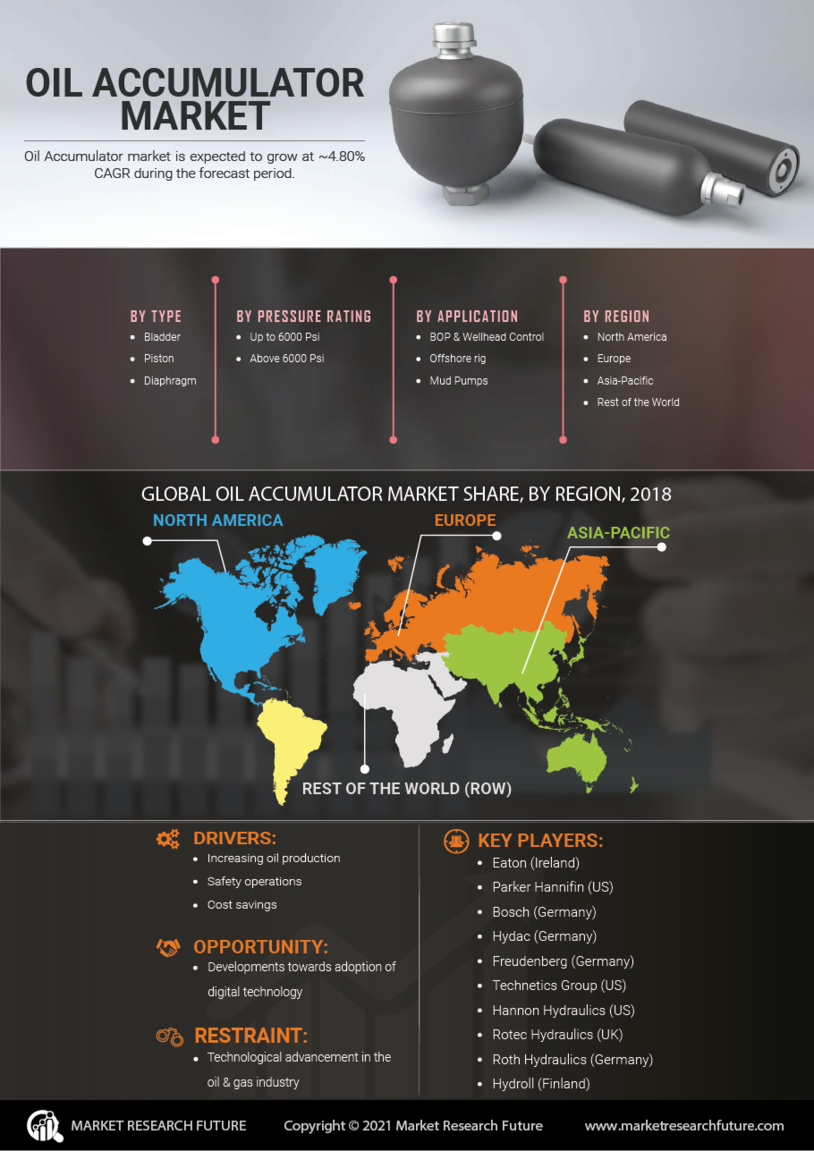

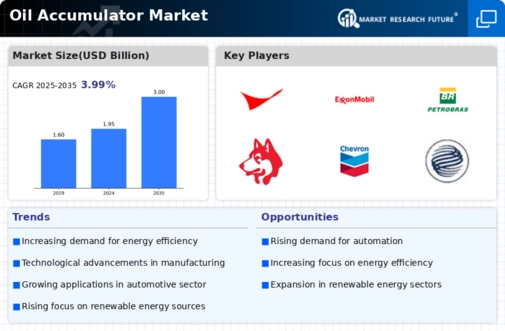
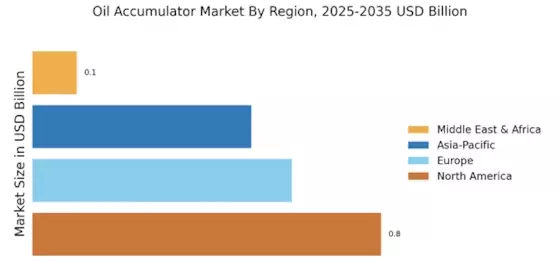

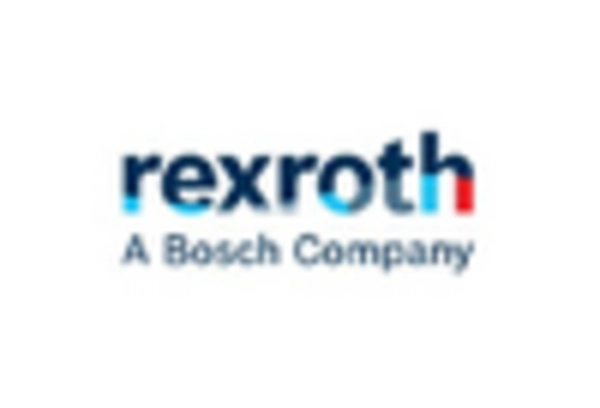
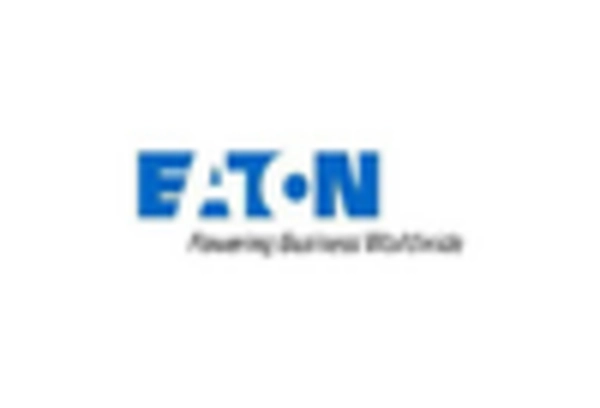
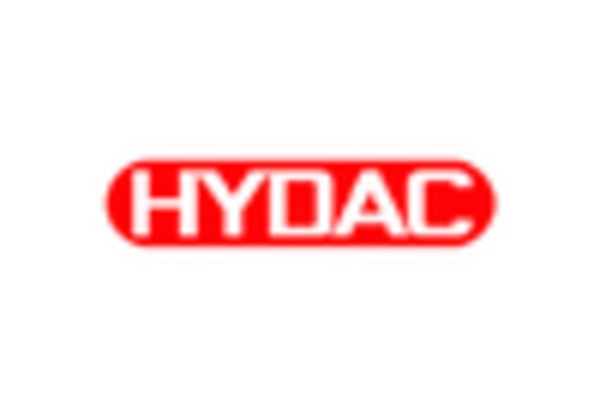










Leave a Comment